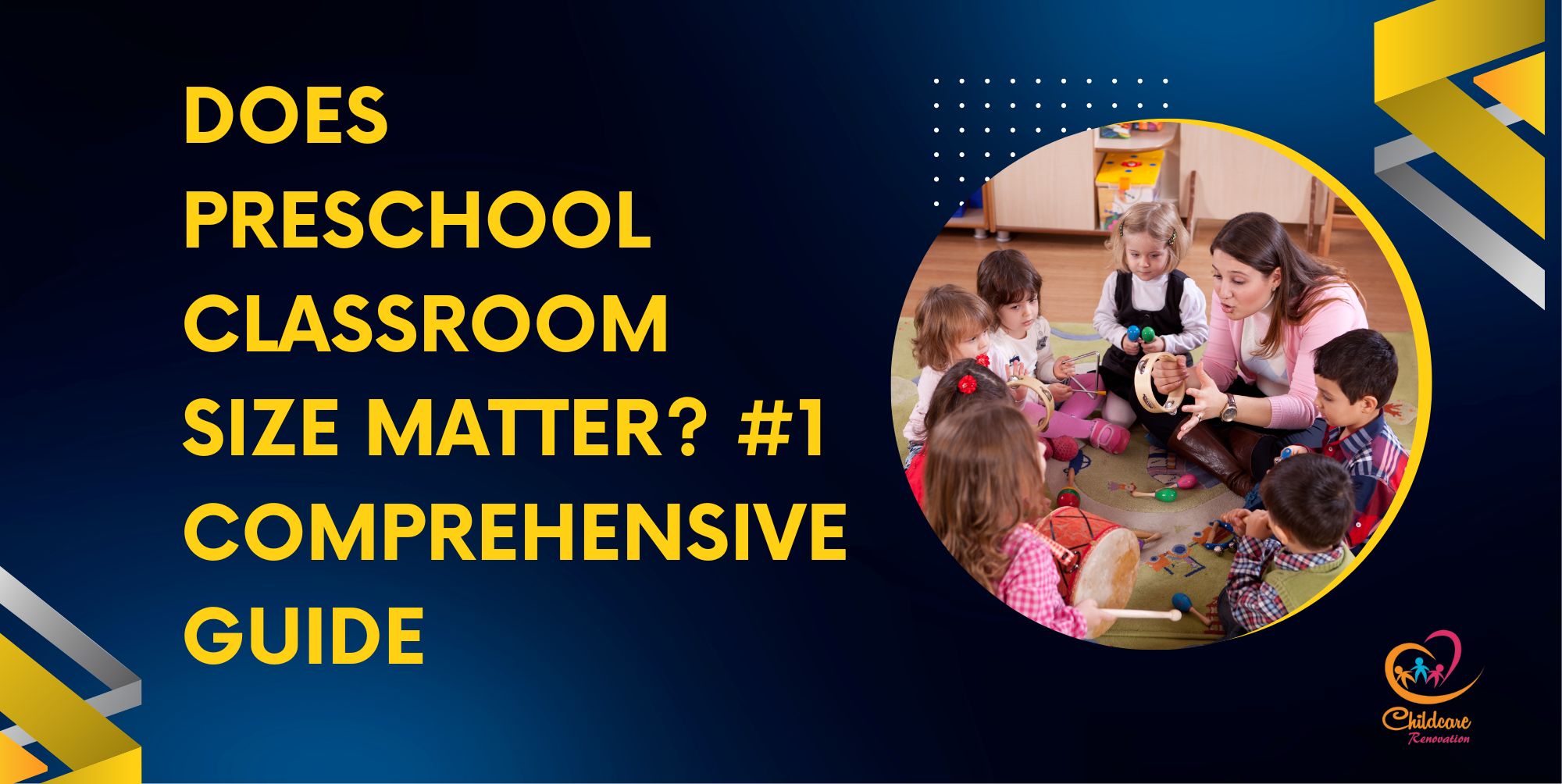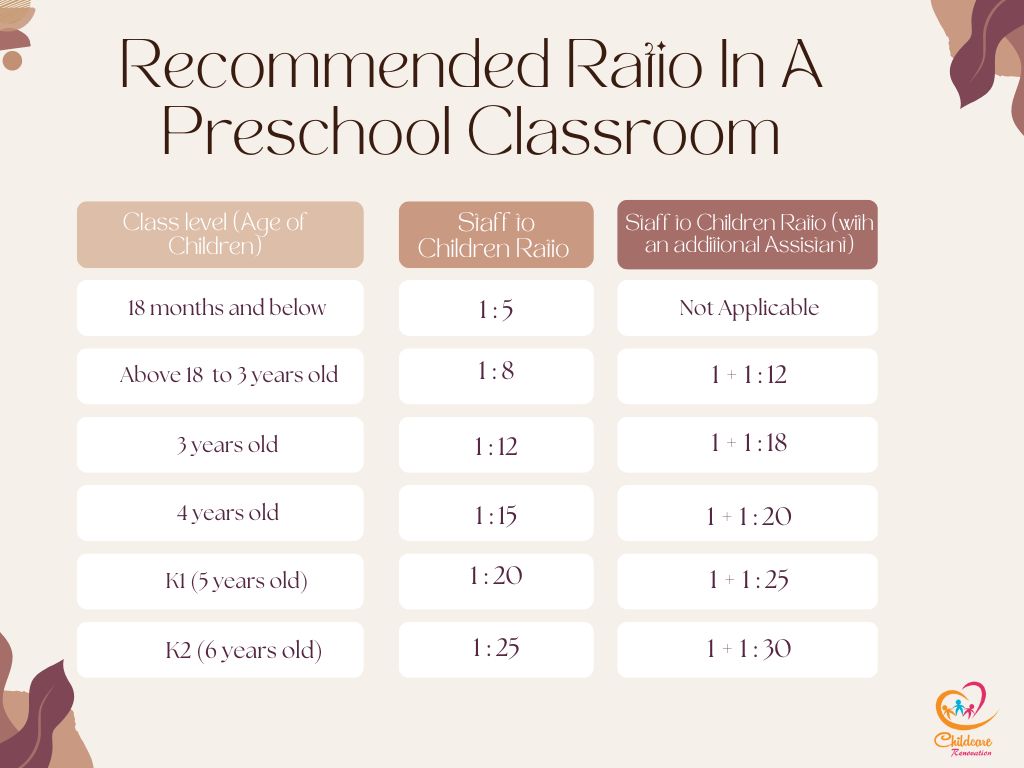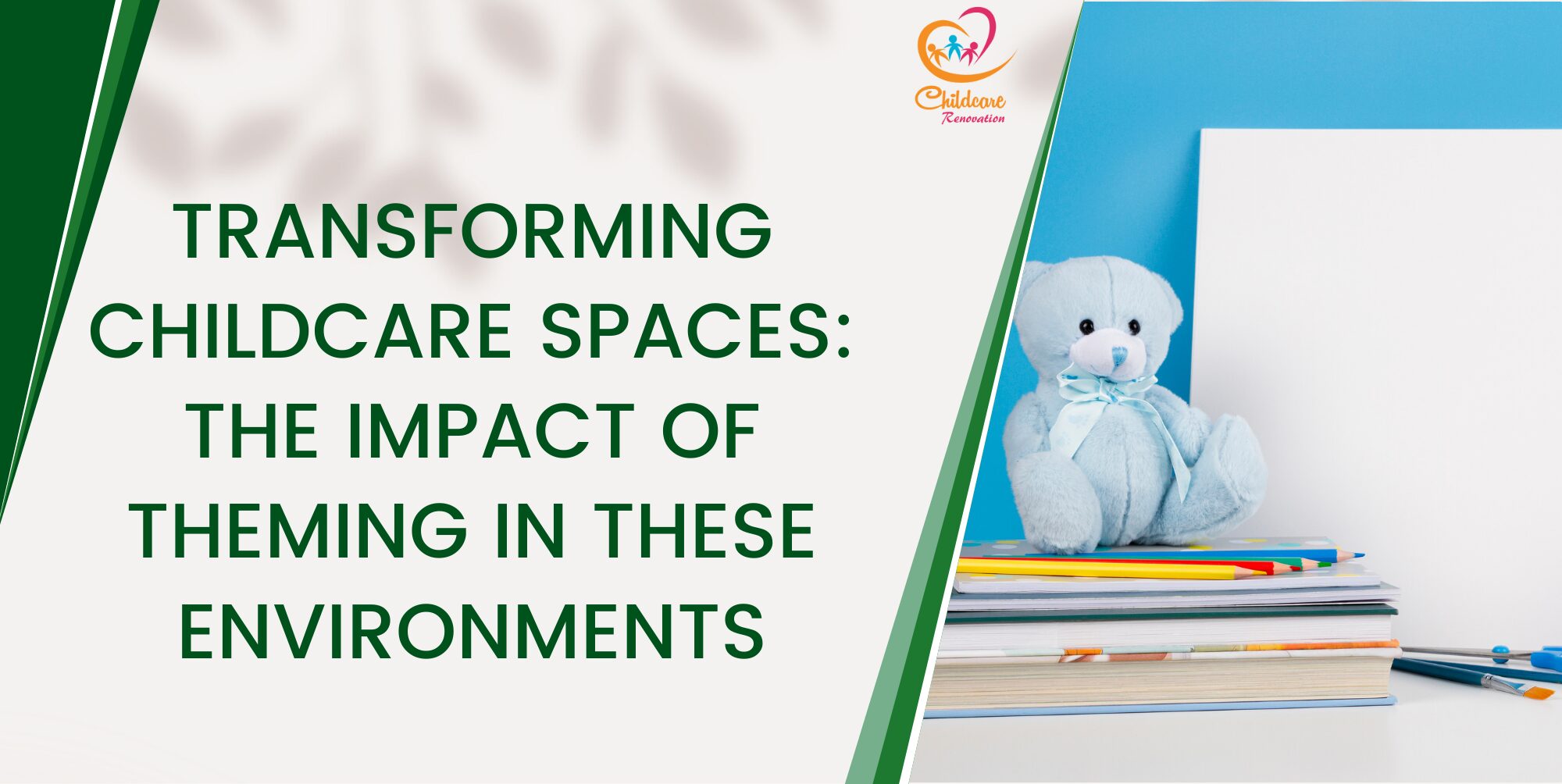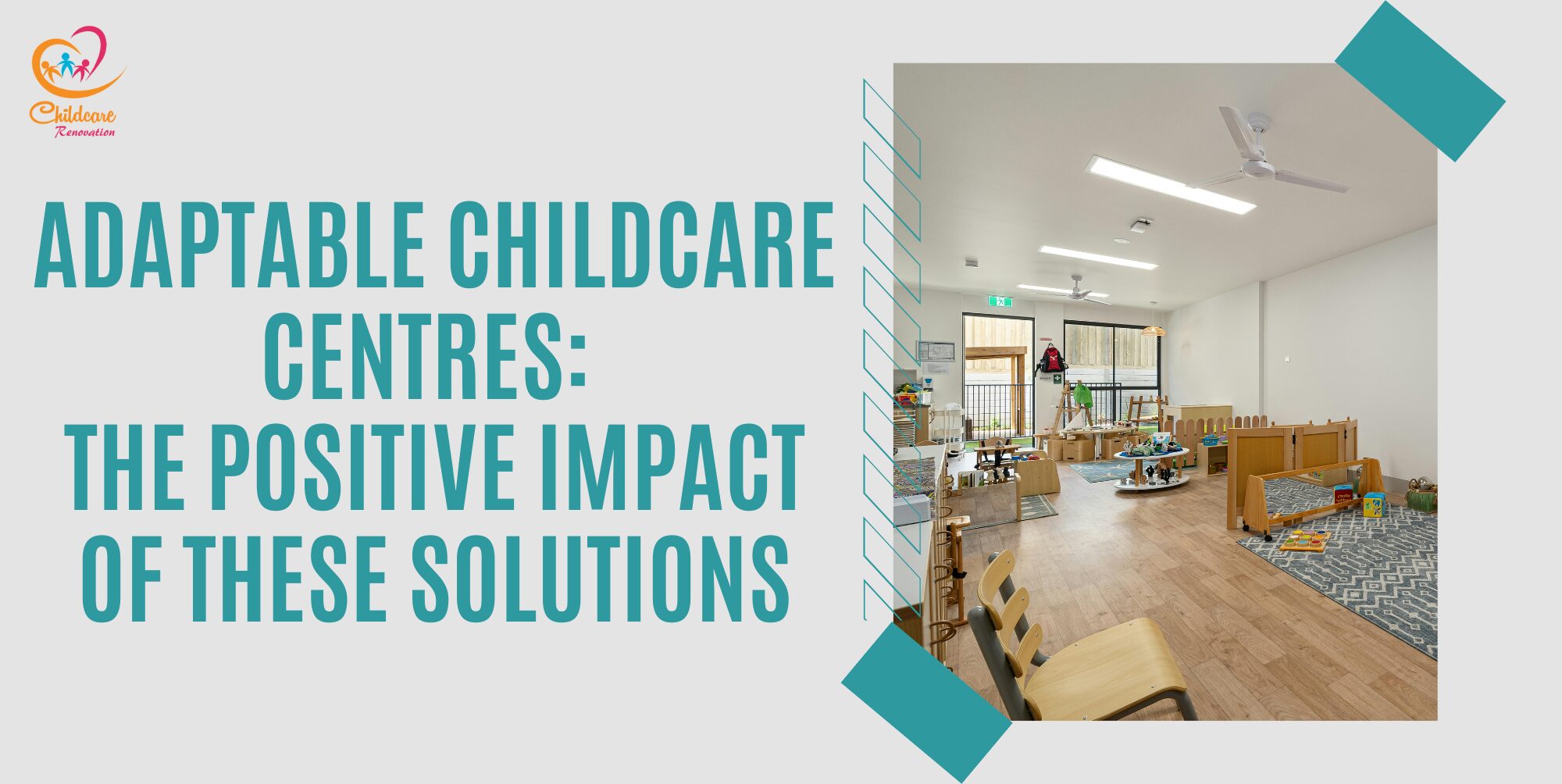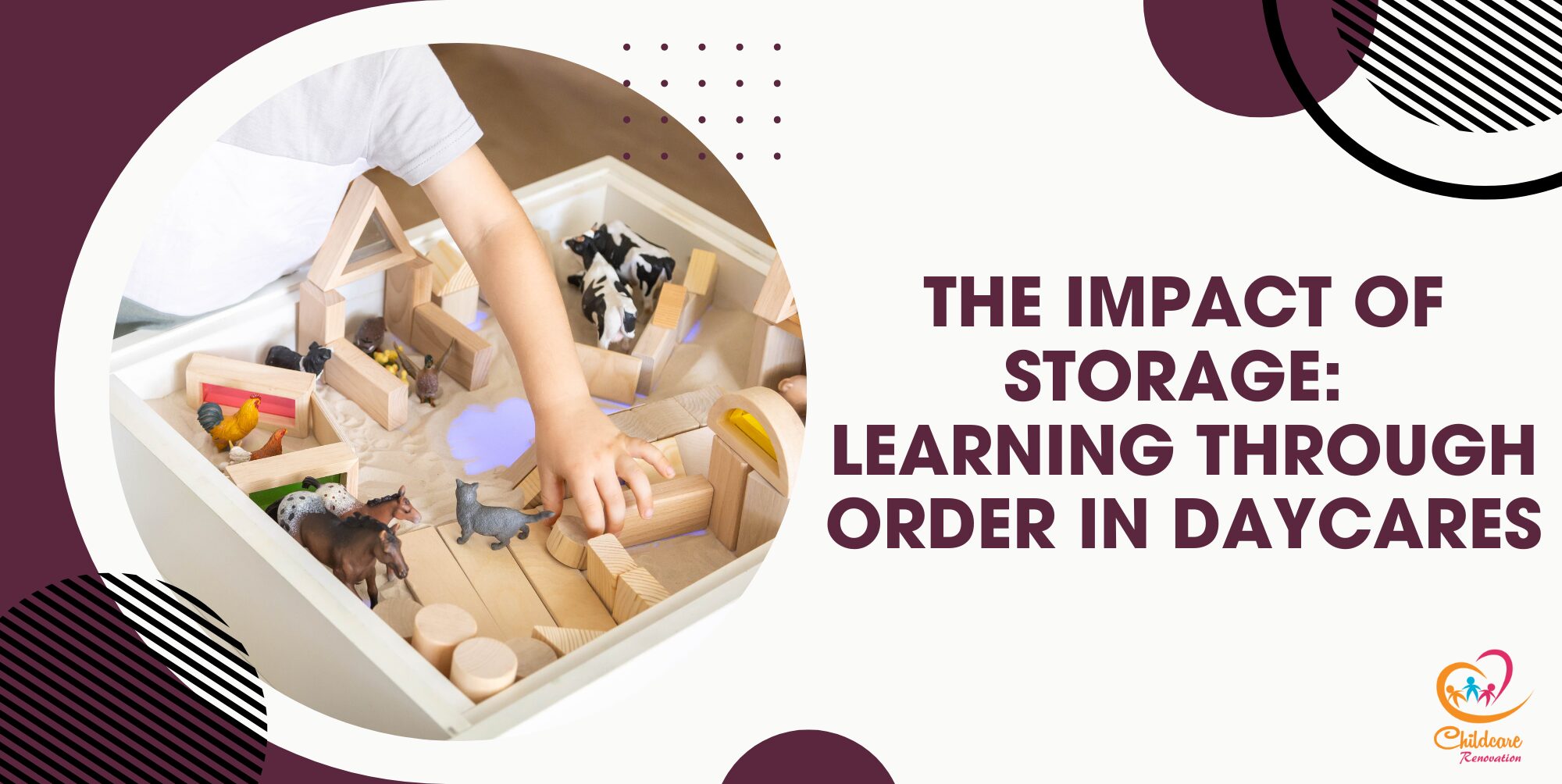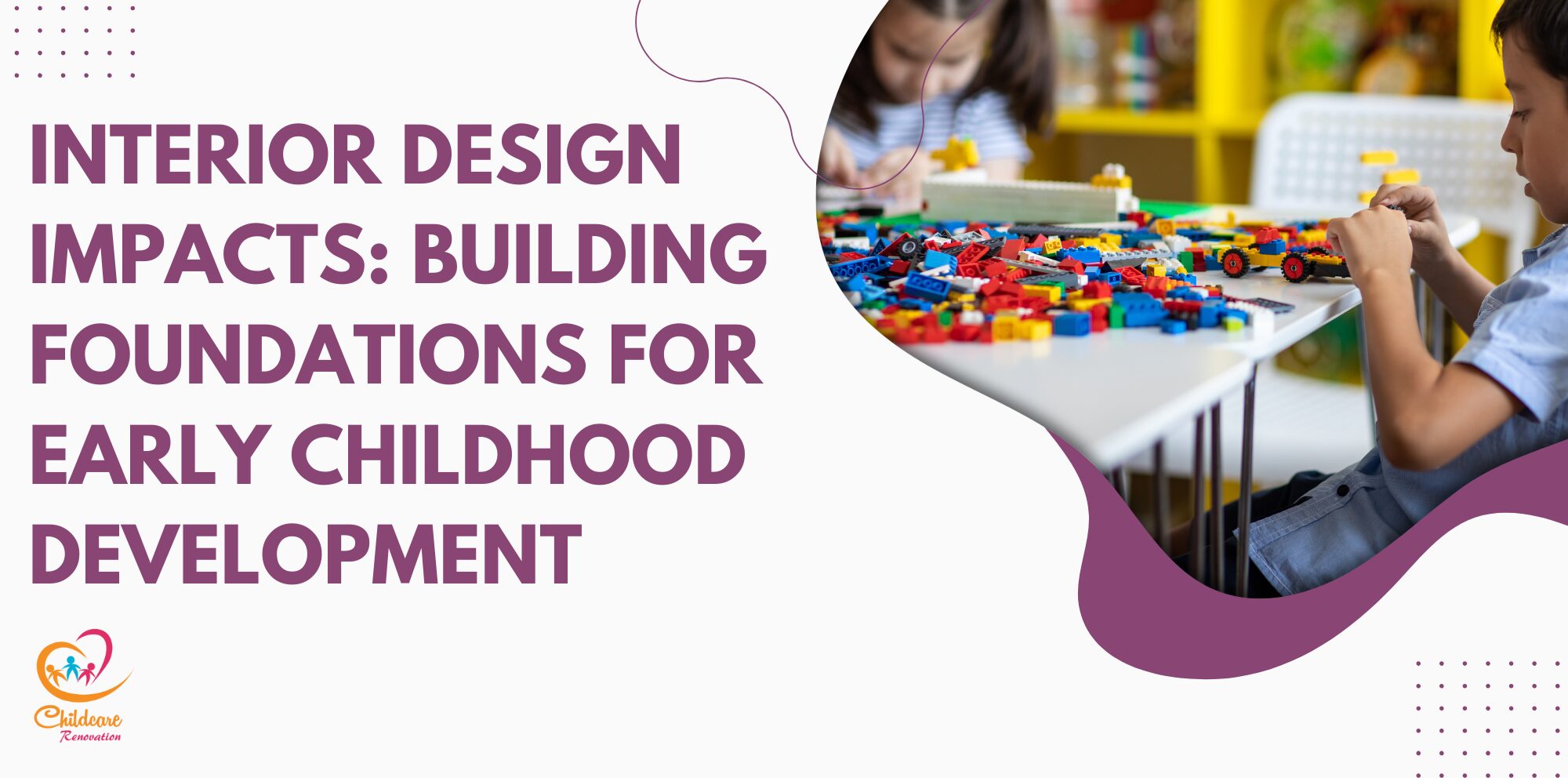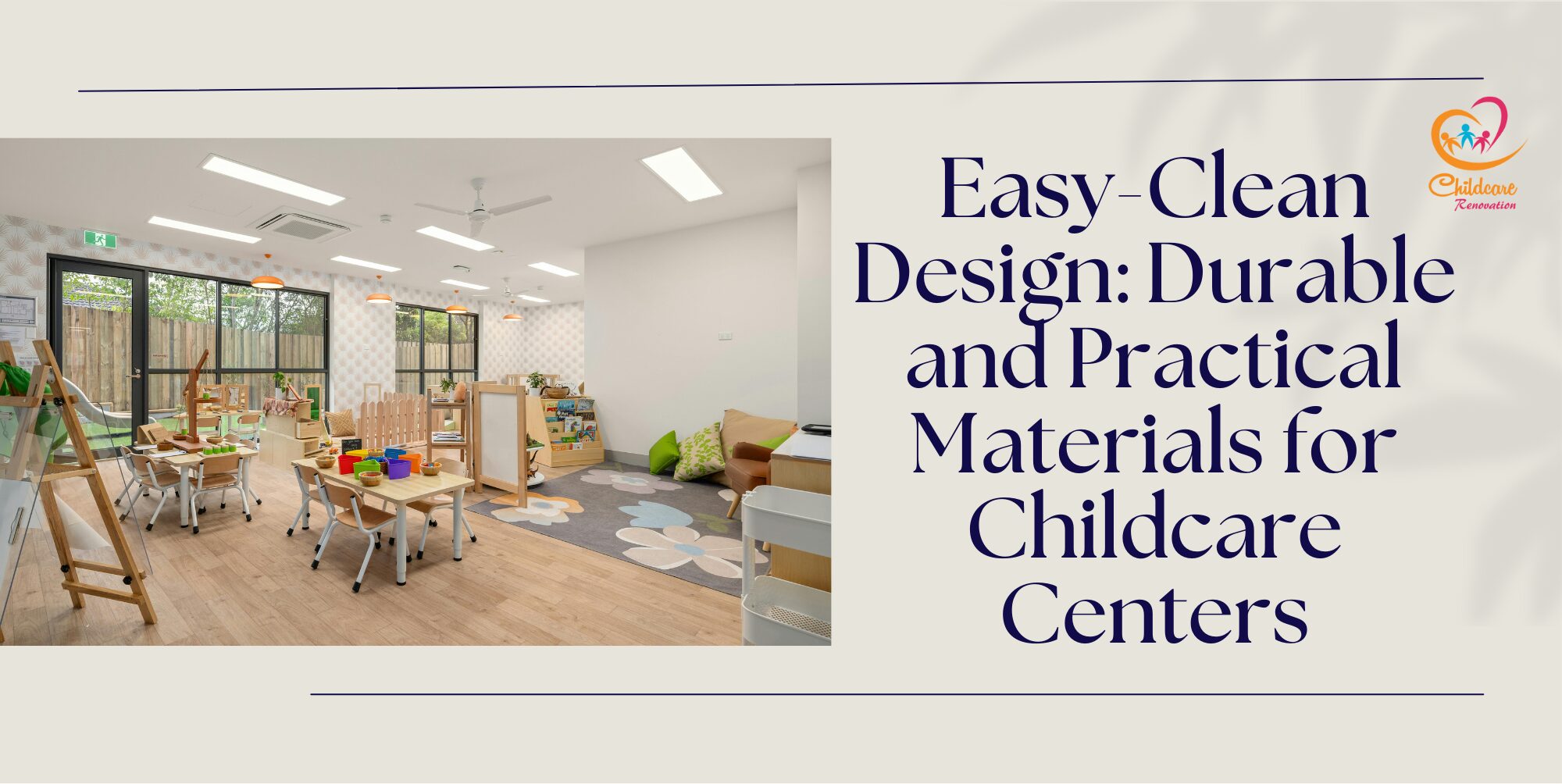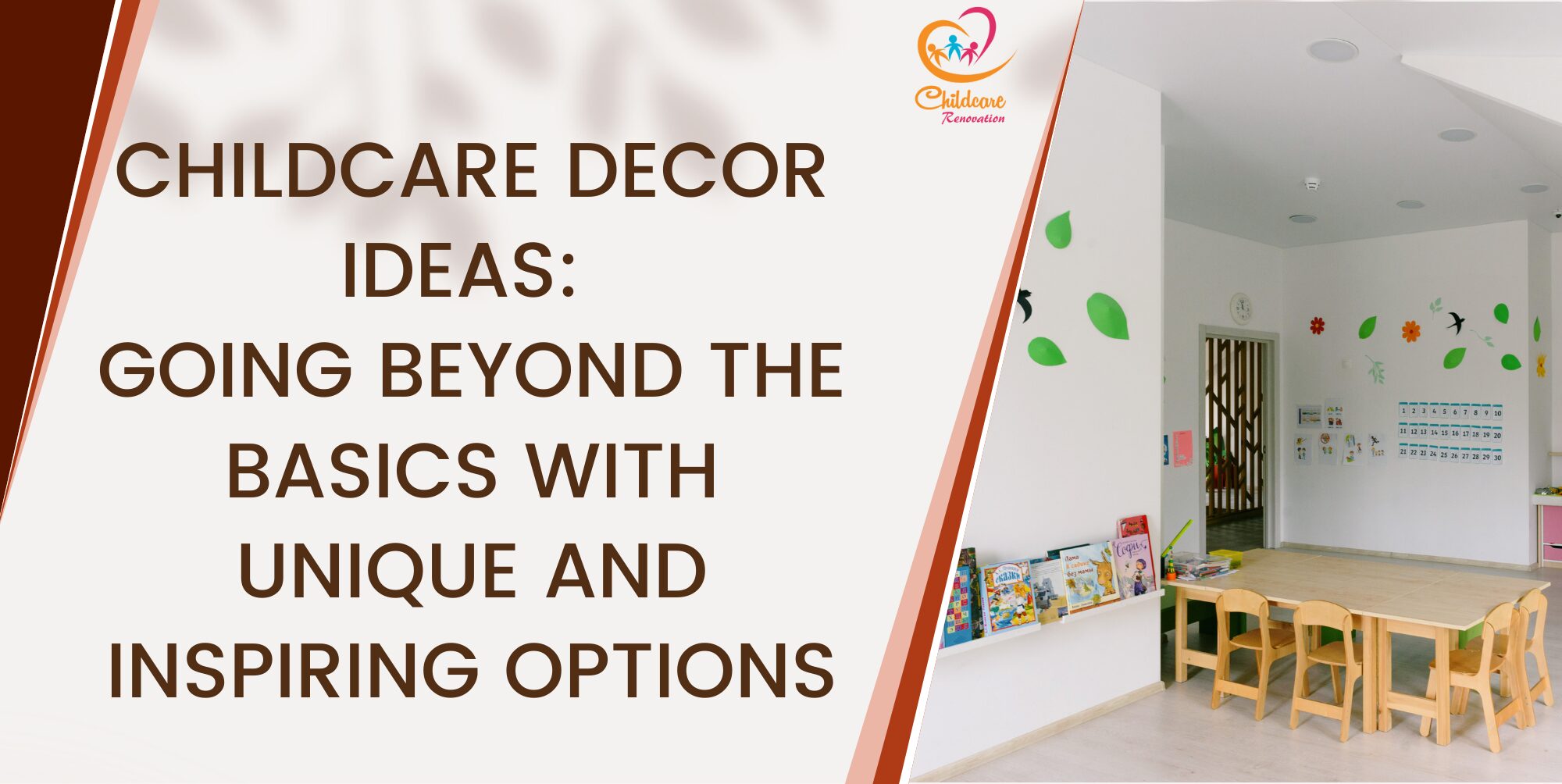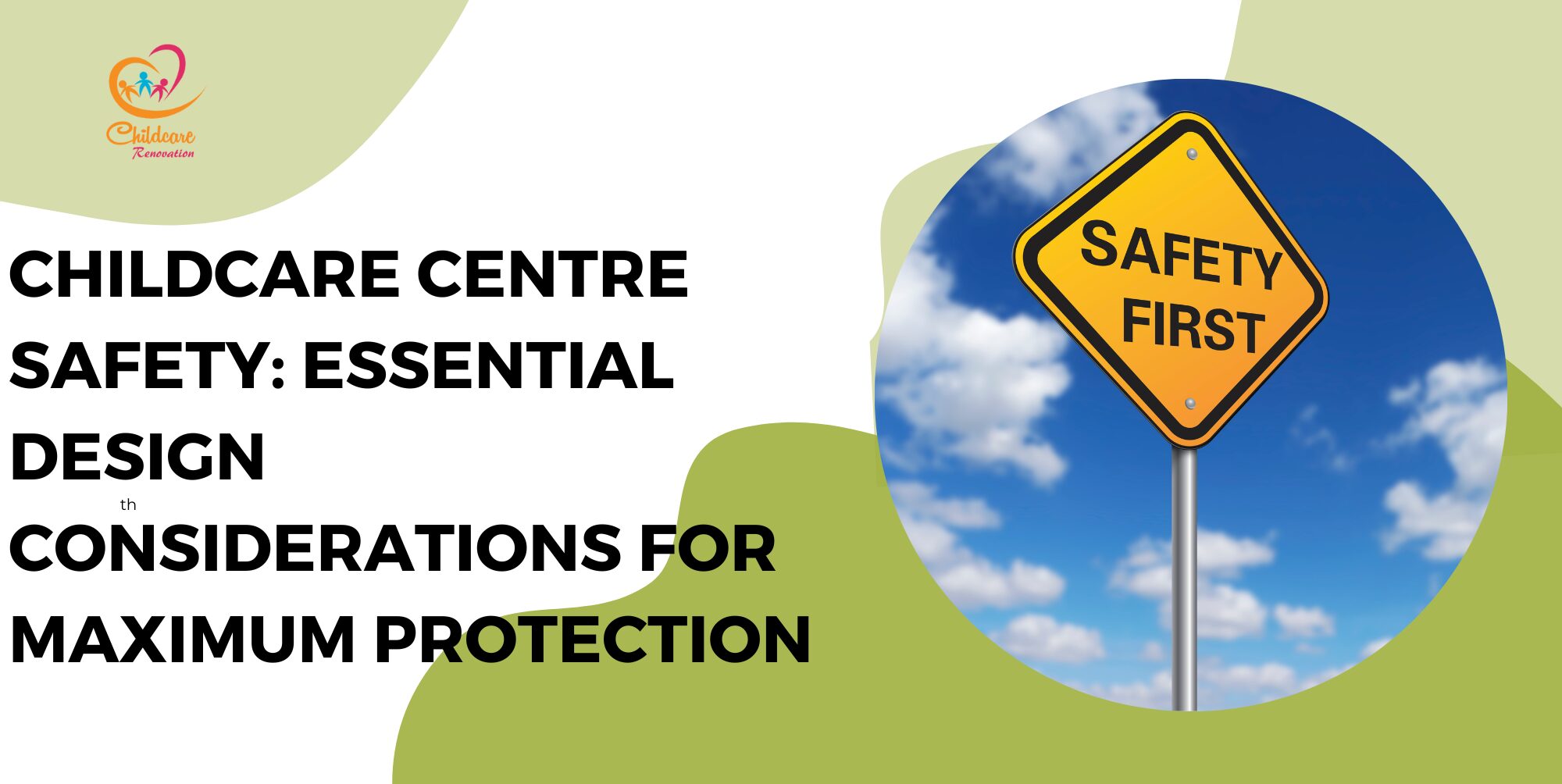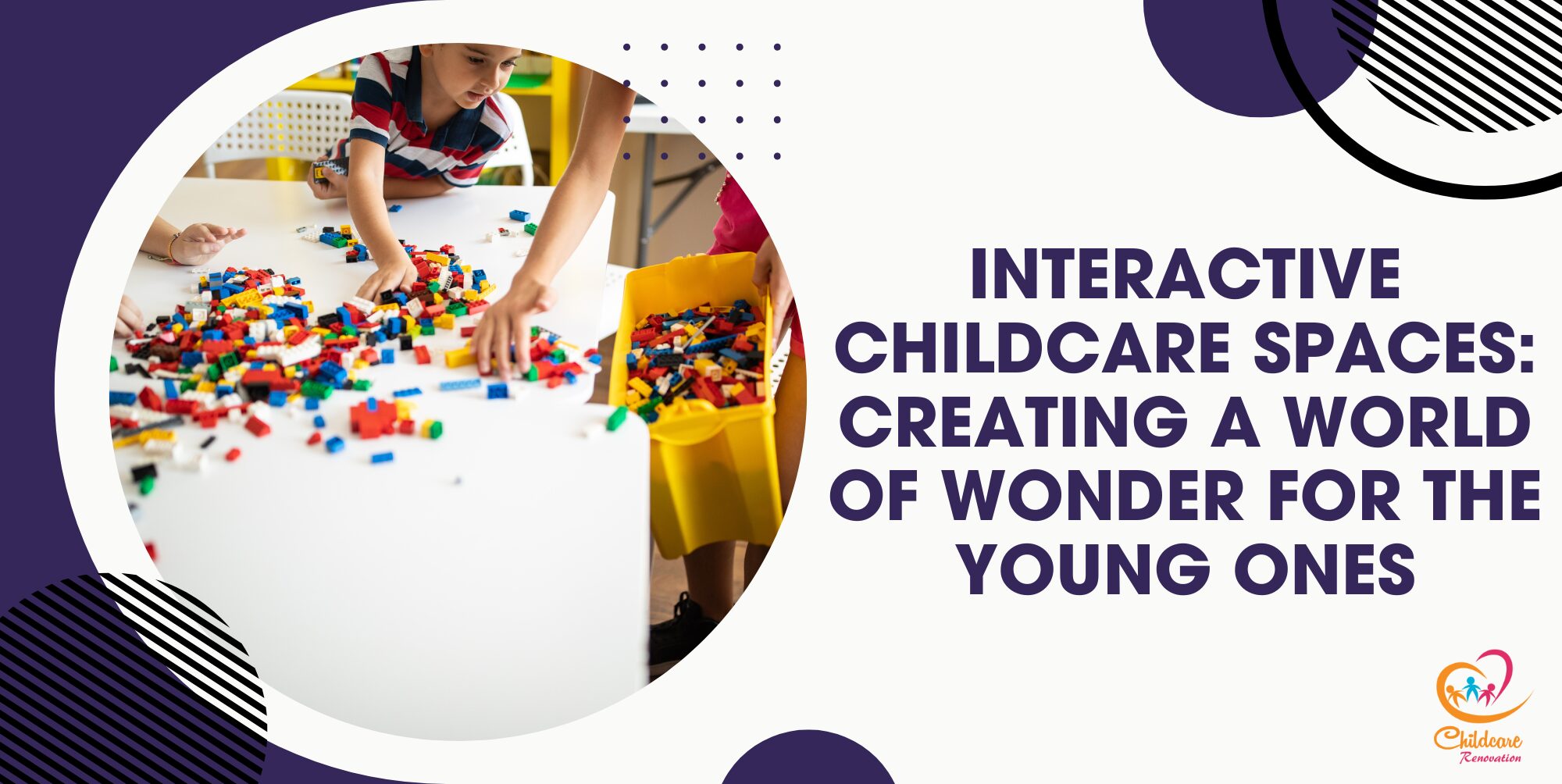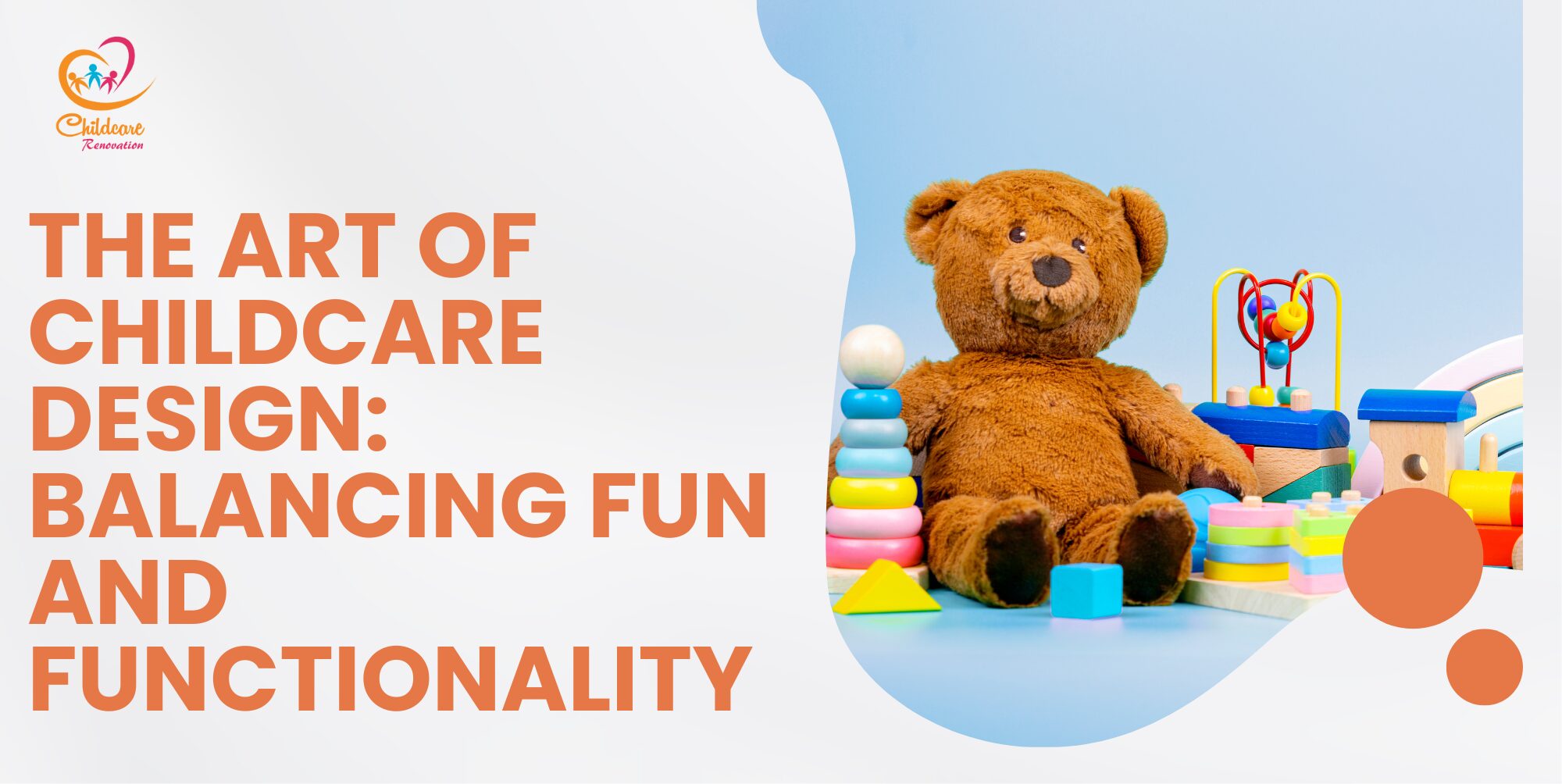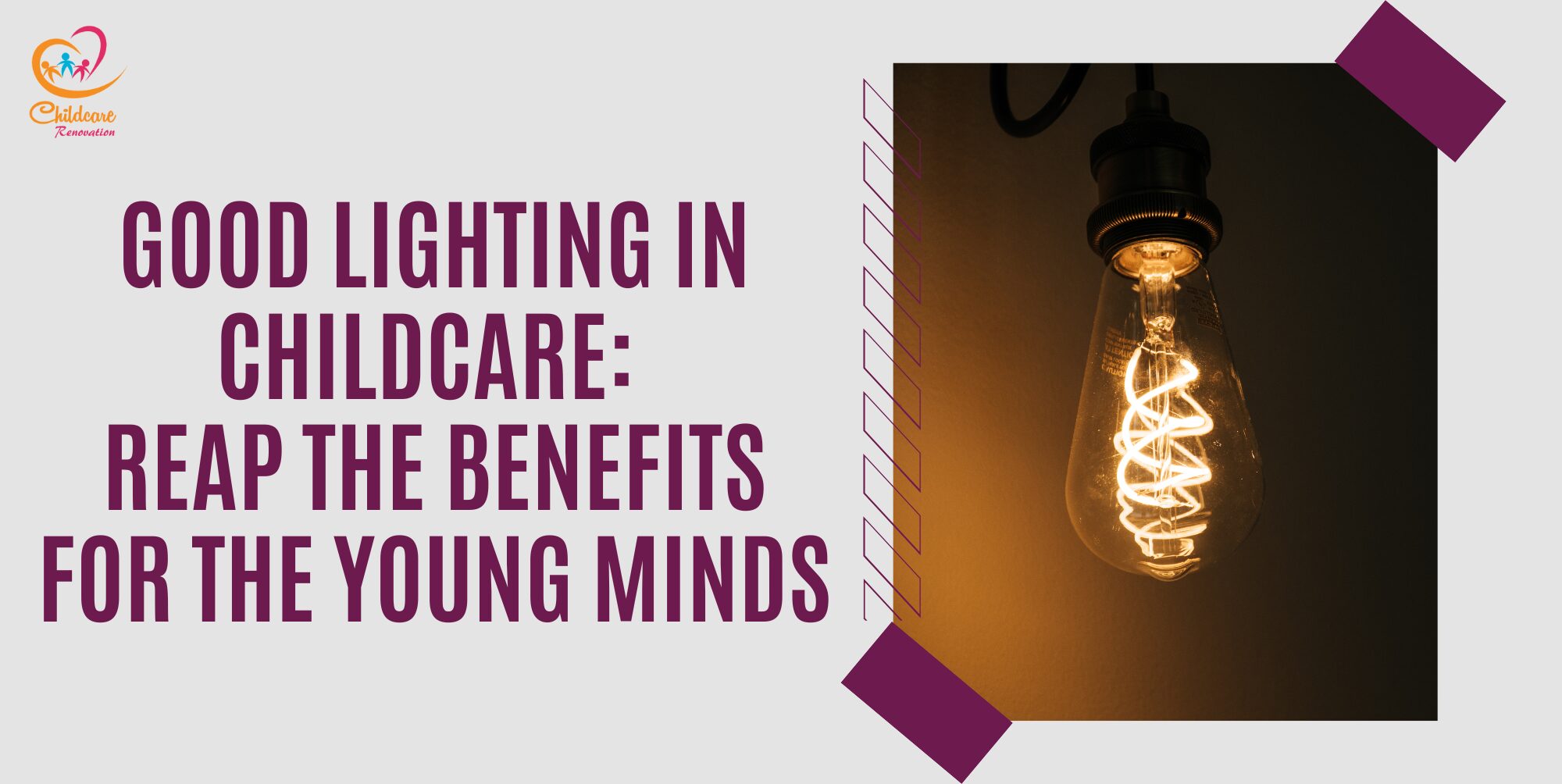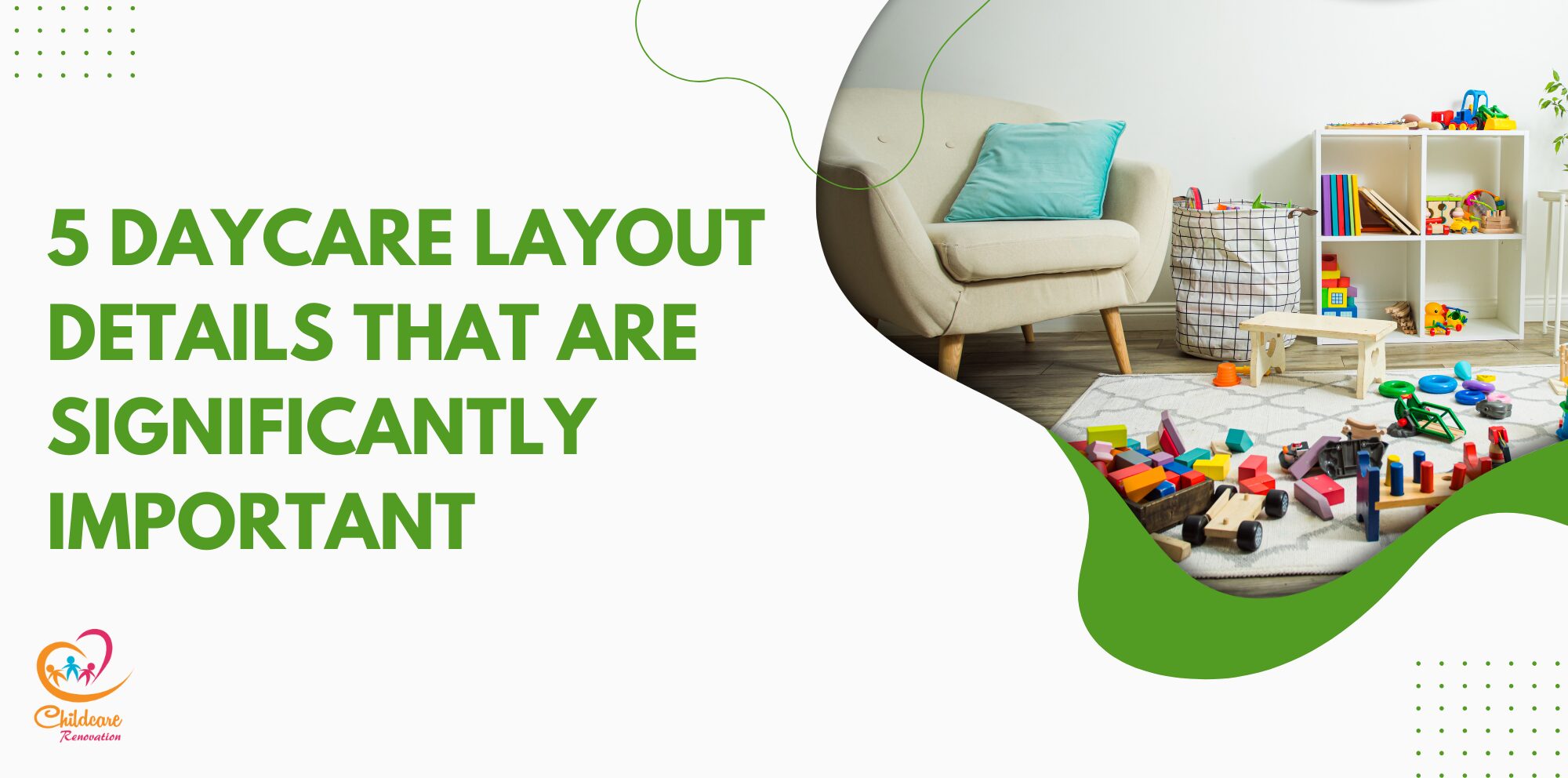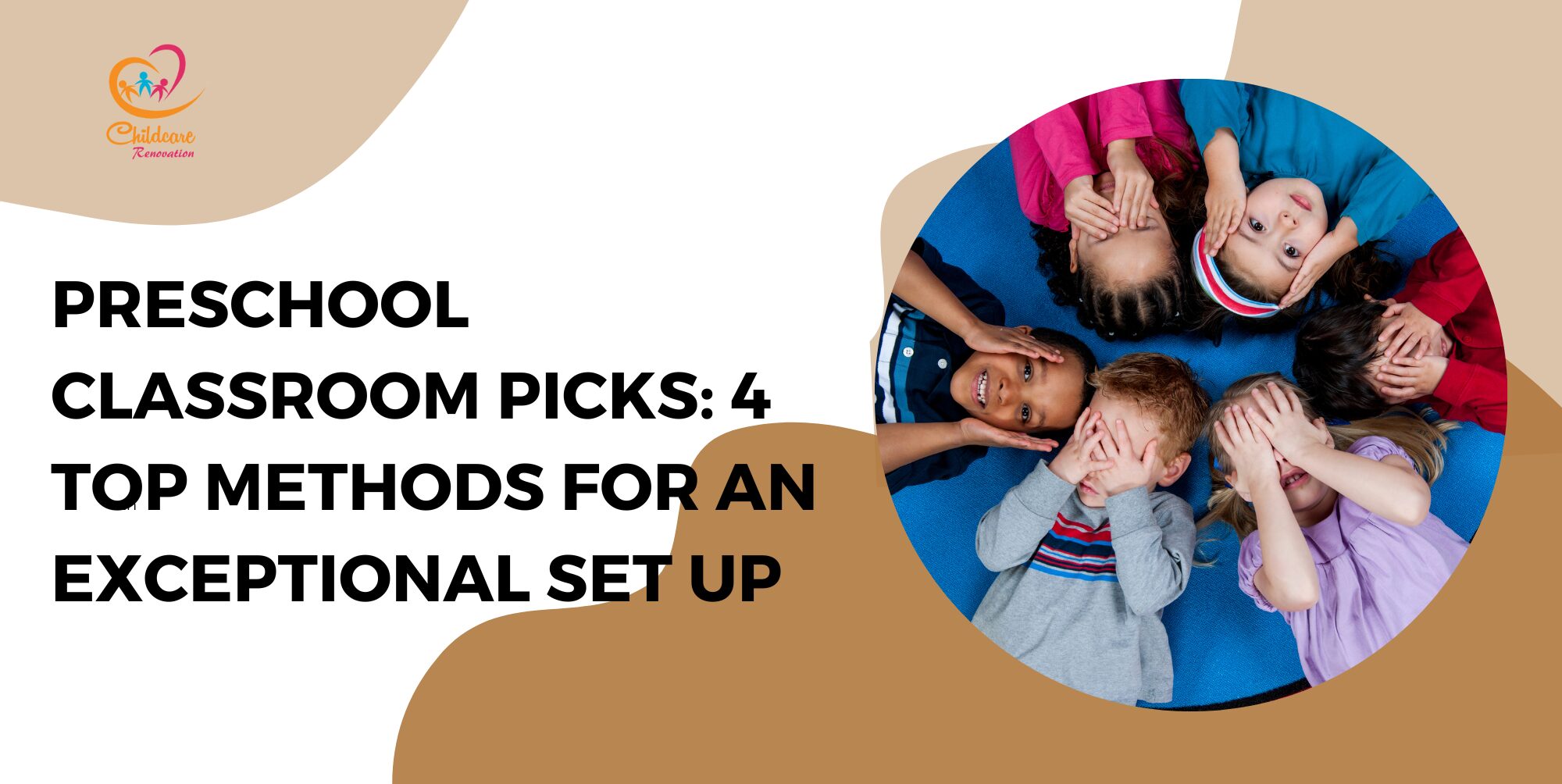A preschool is a place that can shape a child’s early learning experience. A phrase goes, “The more, the merrier.” But is it applicable to a preschool classroom size? Preschools under the MOE may have subsidies. But for private preschools, they will want to maximize their profit.
Too large a preschool classroom size will be chaotic. But with too small of a class, you may not earn much to run your preschool. There’s always a debate on the size of the preschool classroom. Does it really matter?
The more children there are, the harder the caregiver can manage. Children won’t be able to get much attention and receive the instruction they deserve. So you may be thinking, what is the perfect preschool classroom size? We will be helping you to determine the preschool classroom size in this article.
Factors That Determine Your Preschool Classroom Size
There are two main factors that you can determine your preschool classroom size. One is your confidence level, while the other is your preschool space. Confidence level refers to how you can manage a classroom by being a teacher. If you are confident that you can manage a classroom of 3-6 years old. You can engage them in the activities and teach them well; you may handle a class size of 10-12 students.
Your preschool space should be another factor to be considered. How much available space can determine how big your classroom size is. You can calculate the square footage by measuring the walls in the room. You must include the space you want to use for other purposes, such as office, play space, bathroom, etc. If your classroom is enough to accommodate 20 children, don’t go over that amount.
There are other factors you can consider when determining the size of your preschool classroom, such as the philosophy of your preschool. For example, some preschools may prioritize individualized attention and a child-centered approach. While others may emphasize socialization and group interaction and may choose to have a larger class.
Quality Matters When Determining Preschool Classroom Size
As an educator, you need to ensure that you provide a quality learning environment. Whether short-term or long-term, you want to ensure that the children can benefit from the environment. Research has shown that smaller class sizes can lead to better outcomes in terms of academic achievement, social-emotional development, and behavior in the classroom.
A high-quality preschool should prioritize individualized attention, an engaging and developmentally appropriate curriculum, and a positive and supportive learning environment. Smaller class sizes can provide children with the support they need.
Elements needed for a successful preschool include having well-qualified educators, a developmentally appropriate program, and adequate learning time for students. A smaller classroom may be more beneficial, but only if they have high-quality instruction and a positive learning environment. No matter the preschool classroom size, you need a quality program for children to learn from.
Recommended Ratio In A Preschool Classroom
The ratio in a classroom depends on the children’s age and the preschool philosophy. For younger children, the ratio will be lower. In addition to the number of children and teachers, the ratio may also take into account the presence of additional staff members. Additional staff or teachers can provide additional support and ensure each child receives the attention and care they need.
According to ECDA, the ratio for minimum qualified staff-child during program hours based on the children’s ages are as below:
For children below 18 months, the ratio should be 1:5. For children between 18 months to below 3 years old, the ratio should be 1:8. If there’s an additional staff, the ratio should be 1+1:12. For children who are 3 years old, the ratio should be 1: 12. When there an additional staff, the ratio will be 1+1:18.
For children who are 4 years old, the ratio should be 1:15. When there’s an additional staff, and the ratio will be 1+1:20. For K1 children (age 5), the ratio should be 1:20. With additional staff, the ratio will be 1+1:25. For K2 children (age 6), the ratio should be 1:25. With additional staff, the ratio will be 1+1:30.
Effects of Teaching More Than Optimal Number
Video Credit: Preschool System
Teaching more than the optimal number of children can negatively affect both teachers and children. When there are too many children, teachers may struggle to provide each child with the individualized attention and support they need. This can lead to feelings of burnout and stress among teachers.
This is because children need lots of attention. It’s unlikely to pay attention to all the children if there are too many. When you can’t even pay attention to the children’s needs, it is unlikely to pay attention to their academic needs. As a result, it will affect the children’s learning process as they may struggle to stay engaged.
A larger class may even lead to more behavior problems and social conflicts among children. It can create a negative learning environment for everyone. When children struggle with some areas of development, they will need more 1-1 teacher time with core curricular learning activities.
Does preschool classroom size matter? Some will say yes; some may say no. It depends on how much the teacher can cope. But you should limit how many children you should put in a class. The teacher may not be able to cope with too many, especially when children at this age need a lot of attention. It may negatively affect teachers and children or even your preschool’s reputation. Ensure you have gone through all the factors needed to determine your preschool classroom size. It will benefit the teachers, children, and your preschool.
Speak with The Experts
Planning to get started at your kindergarten but have no idea about it?
Childcare Center Renovation Singapore is a reliable company for renovation and interior design. They have about ten years of experience in this field and have a good reputation among customers.
Call us now to get your desired kindergarten design ideas now!

